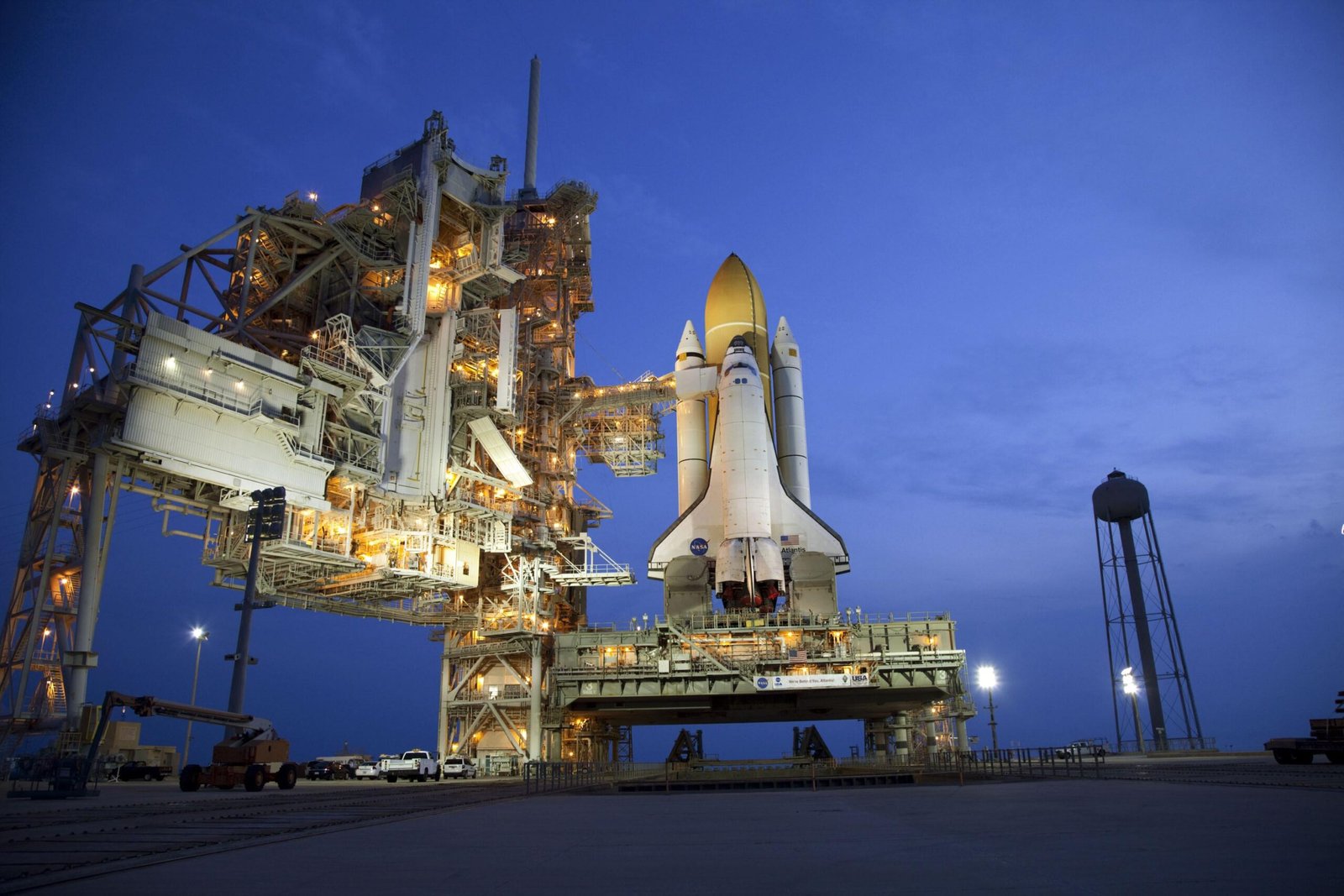
Countdown to Space Mission
Countdown to Space Mission: Axiom-4 and Shubhanshu Shukla’s Historic Step for India
Why in News?
Shubhanshu Shukla, an Indian astronaut selected for India’s human spaceflight program Gaganyaan, is now set to create history as the first Indian to set foot on the International Space Station (ISS) as part of Axiom-4, a privately-led mission operated by Axiom Space and supported by NASA and SpaceX. The mission underscores India’s growing global participation in human space exploration.
Introduction
Axiom-4 is not just another space mission; it represents a significant milestone in India’s space diplomacy and science collaboration. Shukla’s inclusion, while not part of India’s direct ISRO operations, reflects India’s soft power in global space partnerships and also provides vital pre-Gaganyaan exposure.
The mission, involving astronauts from India, Poland, Hungary, and the US, underlines the international nature of commercial space ventures today.
Point-Wise Summary
- Mission Highlights
- Name: Axiom-4
- Launch Date: June 8, 2025
- Crew:
- Peggy Whitson (Commander, USA)
- Shubhanshu Shukla (Pilot, India)
- Slawosz Uznanski-Wisniewski (Mission Specialist, Poland)
- Tibor Kapu (Mission Specialist, Hungary)
- Launch Site: Kennedy Space Center, Florida
- Duration: Approximately two weeks aboard the ISS
- Shubhanshu Shukla: India’s Face in Space
- Trained under India’s Gaganyaan human spaceflight programme.
- Selected for Axiom-4 via an agreement between NASA and ISRO signed in 2023.
- Will carry out scientific experiments, including ISRO-designed modules, during his stay aboard the ISS.
- Key Experiments Involving India (ISRO)
ISRO has contributed ~10 experiments to the mission. Some major ones include:
- Cognitive Studies in Microgravity:
How human attention, eye movement, and screen interaction are impacted during space travel. - Tardigrades (Water Bears) Behavior Study:
These resilient microscopic organisms are studied for survival traits under extreme conditions. - Impact of Spaceflight on Crop Seeds:
Six crop varieties being studied for germination viability and space agriculture insights. - Cyanobacteria Cell Response in Space:
Helps in developing life-support systems for long-term missions like Mars habitation.
- A Strategic Win for ISRO and India
- Although ISRO is not operating this mission directly, the inclusion of Indian astronauts reflects international trust.
- Also provides a testbed for Gaganyaan, scheduled for launch by early 2027.
- India joins Poland and Hungary in sending astronauts to space after decades, showcasing democratized access to space.
- Private Space Collaboration: SpaceX and Axiom
- SpaceX provides the Dragon spacecraft and Falcon 9 rocket.
- Axiom Space: A private spaceflight company managing the mission.
- NASA is facilitating international participation as part of its Low Earth Orbit commercialization initiative.
- Training and International Integration
- Shukla and Prasanth Balakrishnan Nair (another Gaganyaan candidate) underwent advanced astronaut training.
- Shukla, as pilot of SpaceX’s Dragon, gains critical experience in real-time spacecraft operations.
- Feedback from this mission will directly benefit India’s crewed space readiness.
- Broader Significance for India’s Space Policy
- Reflects India’s move from observer to participant in space stations and intergovernmental missions.
- Emphasizes ISRO’s global integration with NASA and commercial players.
- Complements India’s plans for a modular space station post-2035 and eventual manned lunar missions.
- Comparison with Rakesh Sharma’s 1984 Flight
- Sharma flew aboard a Soviet Soyuz T-11 as part of Indo-Soviet collaboration.
- His mission was symbolic, not scientific, due to limited tech at the time.
- Shukla’s mission, in contrast, is scientifically intensive and strategically aligned with long-term goals.
Notes & Explanations for CLAT Aspirants
Term | Meaning / Relevance |
Axiom-4 | Fourth mission by private firm Axiom Space to ISS. |
Gaganyaan | India’s upcoming human spaceflight mission managed by ISRO. |
ISS (International Space Station) | A habitable space lab ~400km above Earth, jointly operated by NASA, Roscosmos, ESA, JAXA, CSA. |
Tardigrades | Microscopic animals known for surviving extreme conditions; studied in space science. |
Low Earth Orbit (LEO) | Orbital path 160–2,000 km above Earth; ISS orbits in LEO. |
Cyanobacteria | Microorganisms capable of photosynthesis; studied for regenerative life-support systems in space. |
Falcon 9 / Dragon | SpaceX’s reusable rocket and space capsule designed for crew transport to ISS. |
Legal and Ethical Perspectives for CLAT
- International Space Law: India’s increasing involvement invokes treaties like:
- Outer Space Treaty (1967)
- Rescue Agreement (1968)
- Moon Agreement (1979) (India is a signatory)
- Intellectual Property in Space Research
- Ethics of Biological Experiments (e.g., tardigrades in space)
Relevance for CLAT 2026 Exam Prep
Legal Reasoning
- Application of international collaboration laws.
- Role of national agencies under global treaties.
- Debate on commercialization of space.
Current Affairs
- Major scientific achievement of 2025.
- Likely to feature in CLAT GK or RC-based passages.
Essay/Interview Topics
- “Privatization of Space: Opportunity or Risk?”
- “India’s Journey from Aryabhata to Axiom-4”
- “Ethics in Space Biology and Human Research”
Conclusion
India’s participation in the Axiom-4 mission, through astronaut Shubhanshu Shukla, is more than symbolic — it’s a stepping stone toward India’s independent human spaceflight program. It marks India’s entry into ISS-level missions, provides critical data for future manned spaceflights, and showcases ISRO’s rising global influence.
For CLAT 2026 aspirants, this event merges science, law, policy, and ethics, offering a perfect blend of interdisciplinary knowledge — essential for cracking both the exam and interviews.




